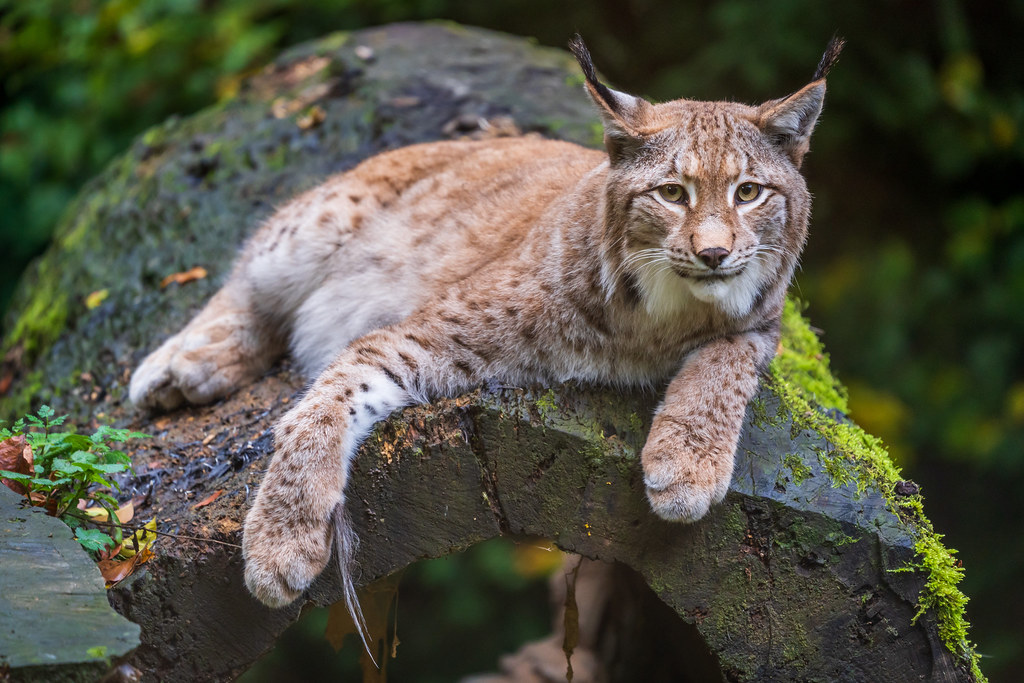There are a lot of big cats on the loose, and we’re not talking about cuddly little kittens. We’ll take a closer look at some wild “Felidae” and present you with a top 7 list of big cats species ordered by size. This list is based on the largest wild individuals on record, not taken into account big cats that are held in captivity.
Leopard
The Leopard has a very wide range and lives in sub-Saharan Africa, in small parts of Western and Central Asia, in India, and Southeast and East Asia. Despite its wide range, the Leopard is considered to be a vulnerable species and is listed as such on the IUCN Red List. The Leopard has an average length of about 2.2 meters (7.21 ft) and stands on average about 90 centimeters (2.95 ft) tall. It has a maximum weight of 96.5 kilos (212.74 lbs) and weighs on average between 37 and 90 kilos (81.57 – 198.41 lbs).
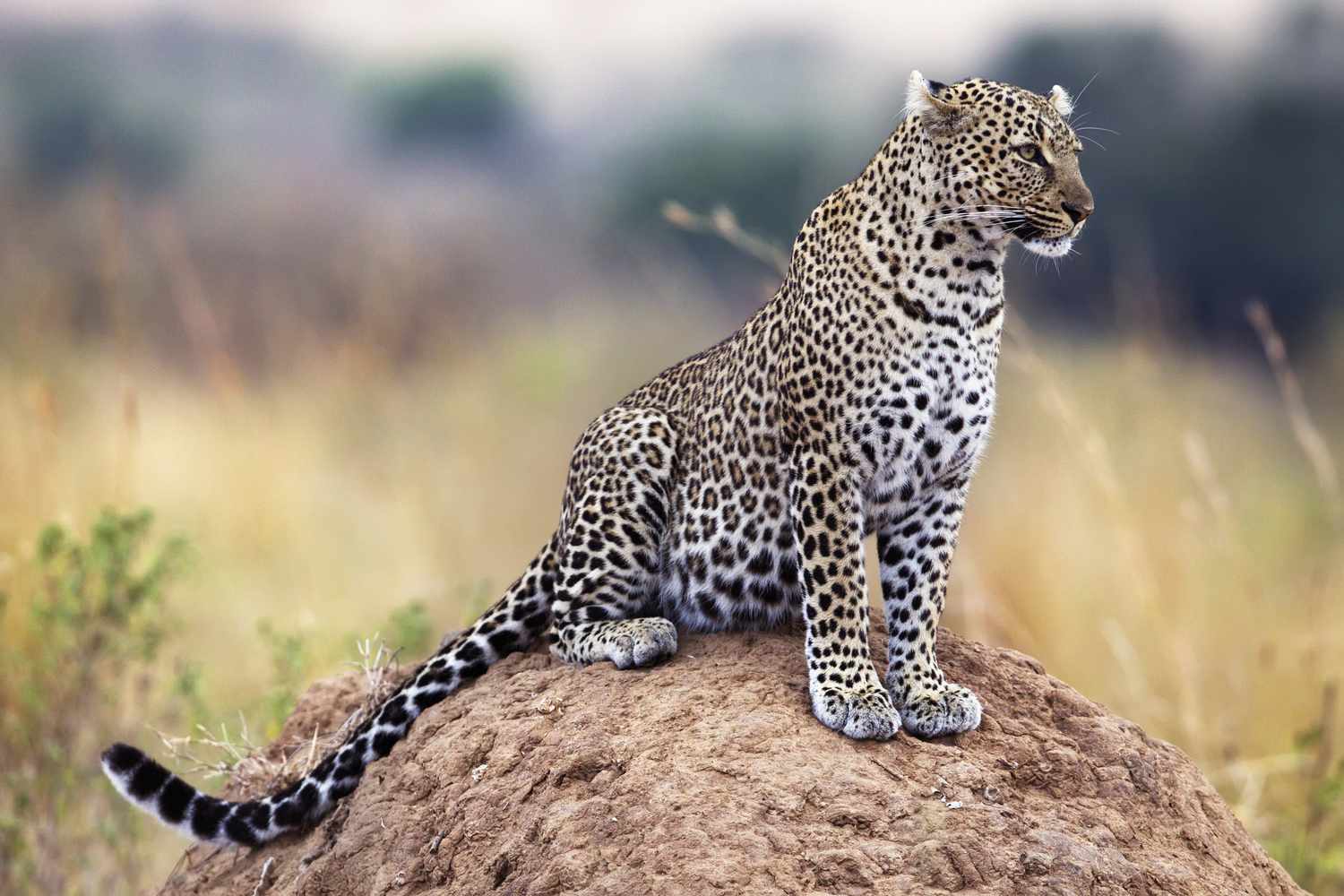
Tiger
The Tiger is in the number 1 spot on our list of big cat species! It has lost about 93% of its original range and can now only be found living in Siberian temperate forests, subtropical and tropical forests in the Indian subcontinent, and Sumatra, in western Indonesia.
The tiger is unfortunately listed as an endangered species and has lost over 96% of its population in the wild since the start of the 20th century. Its population is down from around 100,000 adult individuals to less than 4,000.
The Tiger is about 3.9 meters (12.79 ft) long and stands about 1.27 meters (4.16 ft) tall. Its highest recorded weight was 324.3 kilos (714.95 lbs) and it has an average weight of 90 and 306 kilos (198.41- 674.61 lbs).
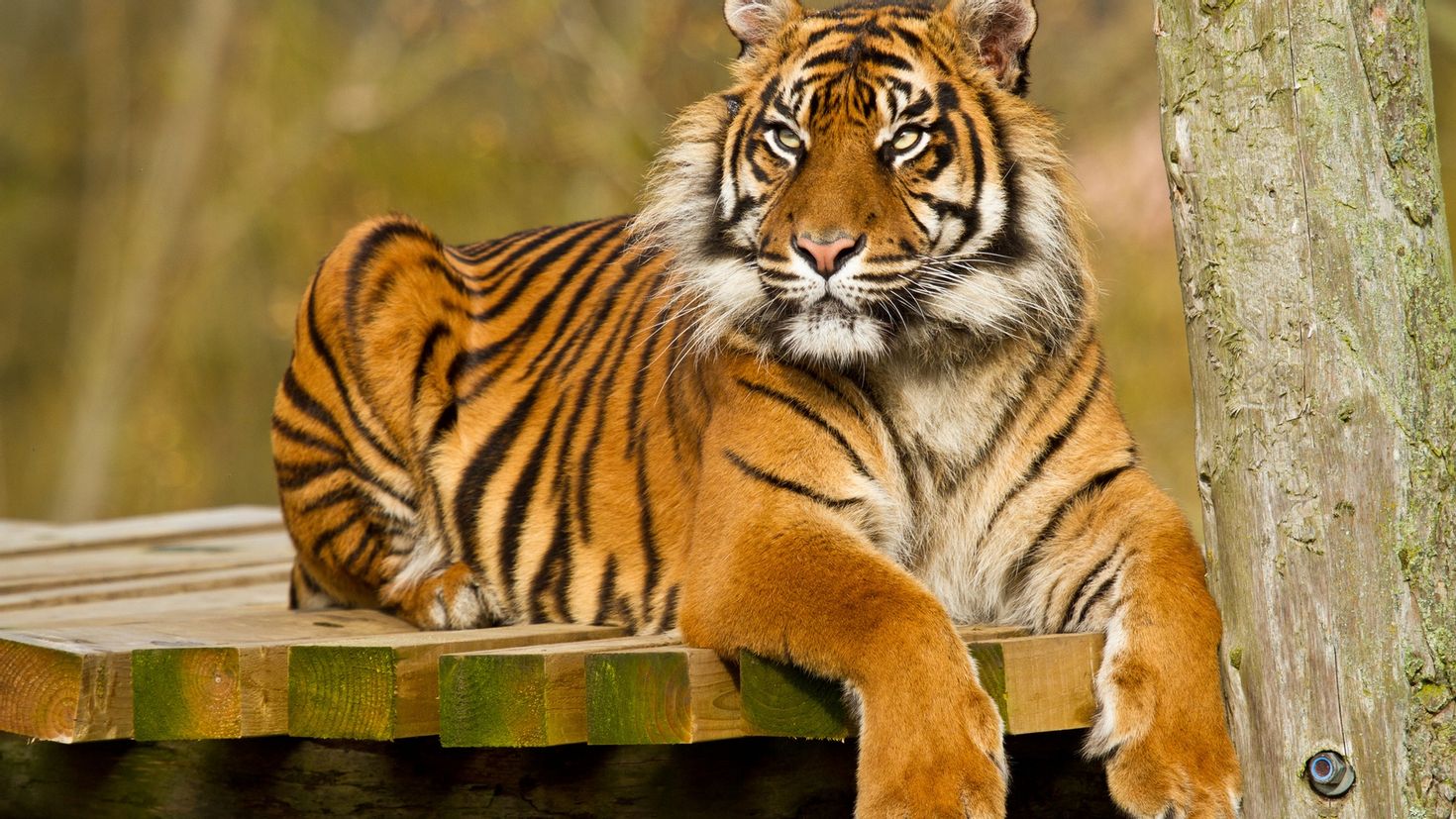
Snow Leopard
The Snow Leopard is a big cat that lives in the mountains of Central and Southern Asia, ranging from eastern Afghanistan to Mongolia and western China. This species has also been listed as endangered as it’s believed that there are less than 10,000 mature individuals still living in the wild, with its population believed to drop another 10% by 2040. The Snow Leopard is on average about 2.5 meters (8.2 ft) long and stands about 75 centimeters (2.46) tall. Its maximum recorded weight is 75 kilos (165.34 lbs) and it weighs on average between 22 and 55 kilos (48.5 – 121.35 lbs).
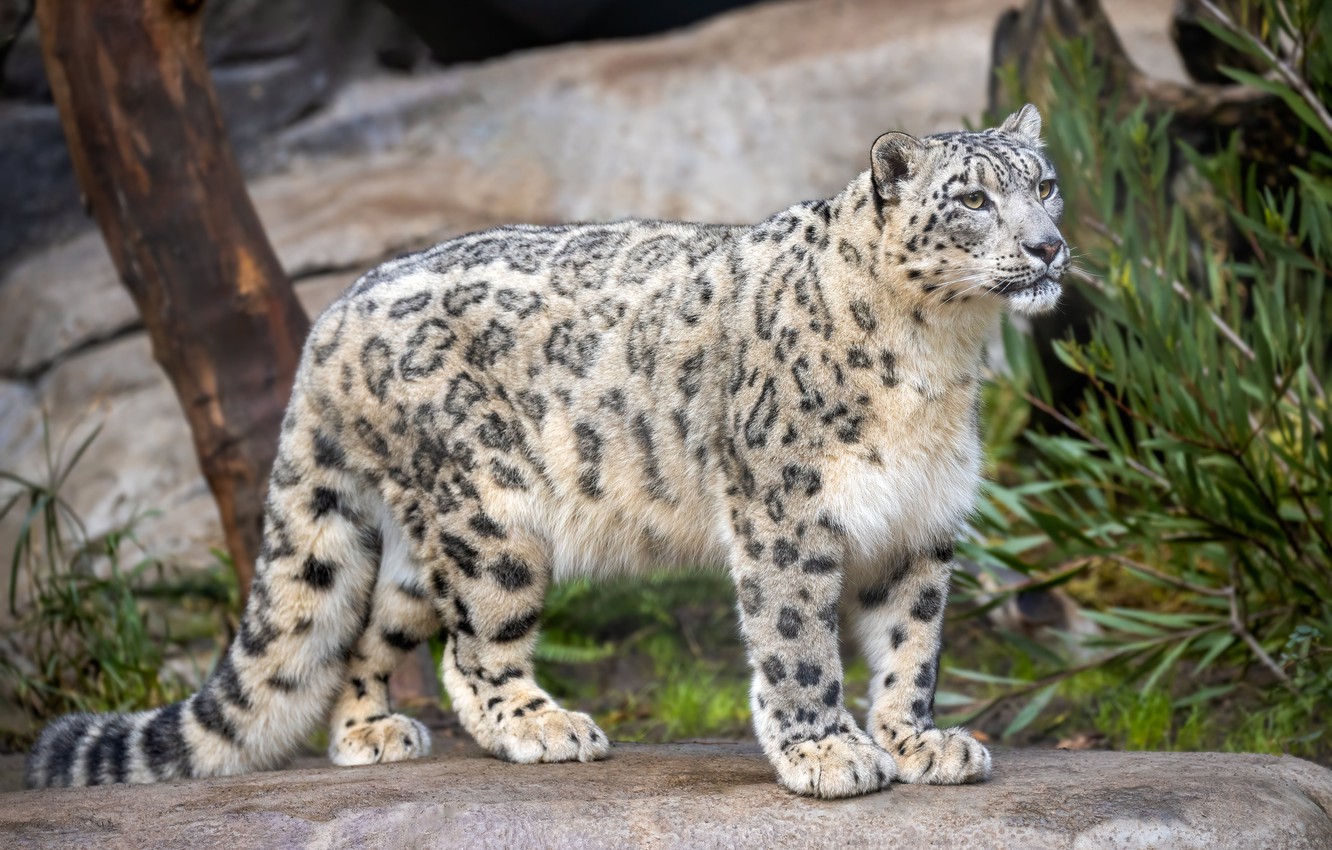
Jaguar
The Jaguar is in the third position in our list of big cat species and is also a big cat native to the Americas. Its range extends from the southwestern part of the United States, all across Central America, up until the south of Paraguay and the north of Argentina in South America. While it’s not considered to be endangered just yet, it is listed as “Near-Endangered” on the IUCN Red List as its population in the wild is declining at an alarming rate. The average length of the Jaguar is about 2.1 meters (6.88 ft) and it stands about 1 meter (3.28 ft) tall. Its maximum weight on record is 160 kilos (352.74 lbs) and its average weight is between 56 and 96 kilos (123.45 – 211.64 lbs).
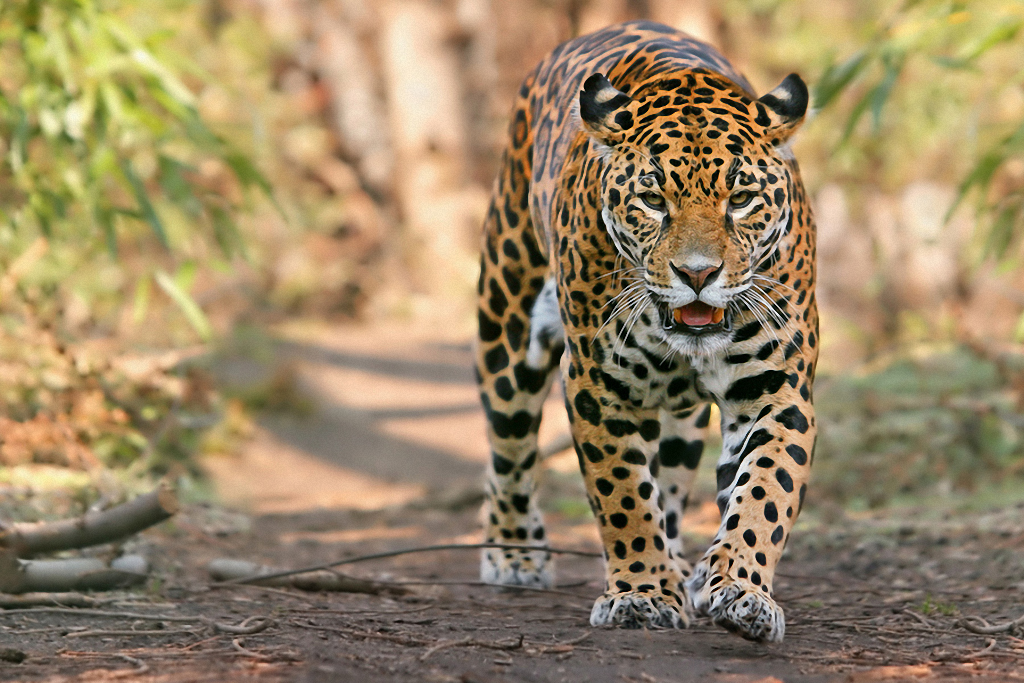
Mountain Lion
The Mountain Lion, also known as the “Cougar” or “Puma” lives in the Americas and has a vast range that spans from the north in Canada to the Southern Andes in South America. Even though the range of the Cougar has seriously decreased with the growth of population in North America, it isn’t considered to be an endangered species as it’s marked as “Least Concern.” The Mountain Lion has an average length of about 2.8 meters (9.18 ft) and stands about 1 meter (3.28 ft) tall. It has a maximum weight of 125.2 kilos (276.01 lbs) and weighs on average between 53 and 100 kilos (116.84 – 220.46 lbs).
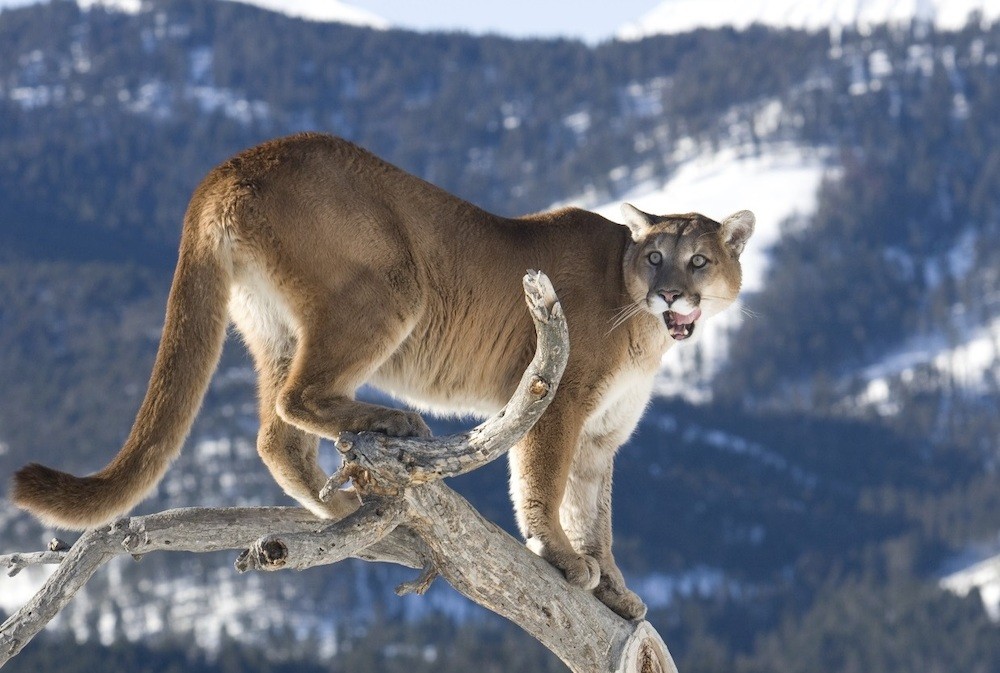
Lion
The Lion is in second place in our list of big cat species. It used to live in the wild in various places in the world, but its range has been reduced to sub-Saharan Africa and a critically endangered group in Western India. It has been listed as endangered, mainly because its population in Africa has declined by about 43% since the early 1990s. The Lion is on average about 3.64 meters (11.94 ft) long and stands about 1.35 meters (4.42 ft) tall. It has a maximum recorded weight of 313 kilos (690 lbs) and has an average weight of between 160 and 225 kilos (352.74 – 496.04 lbs).
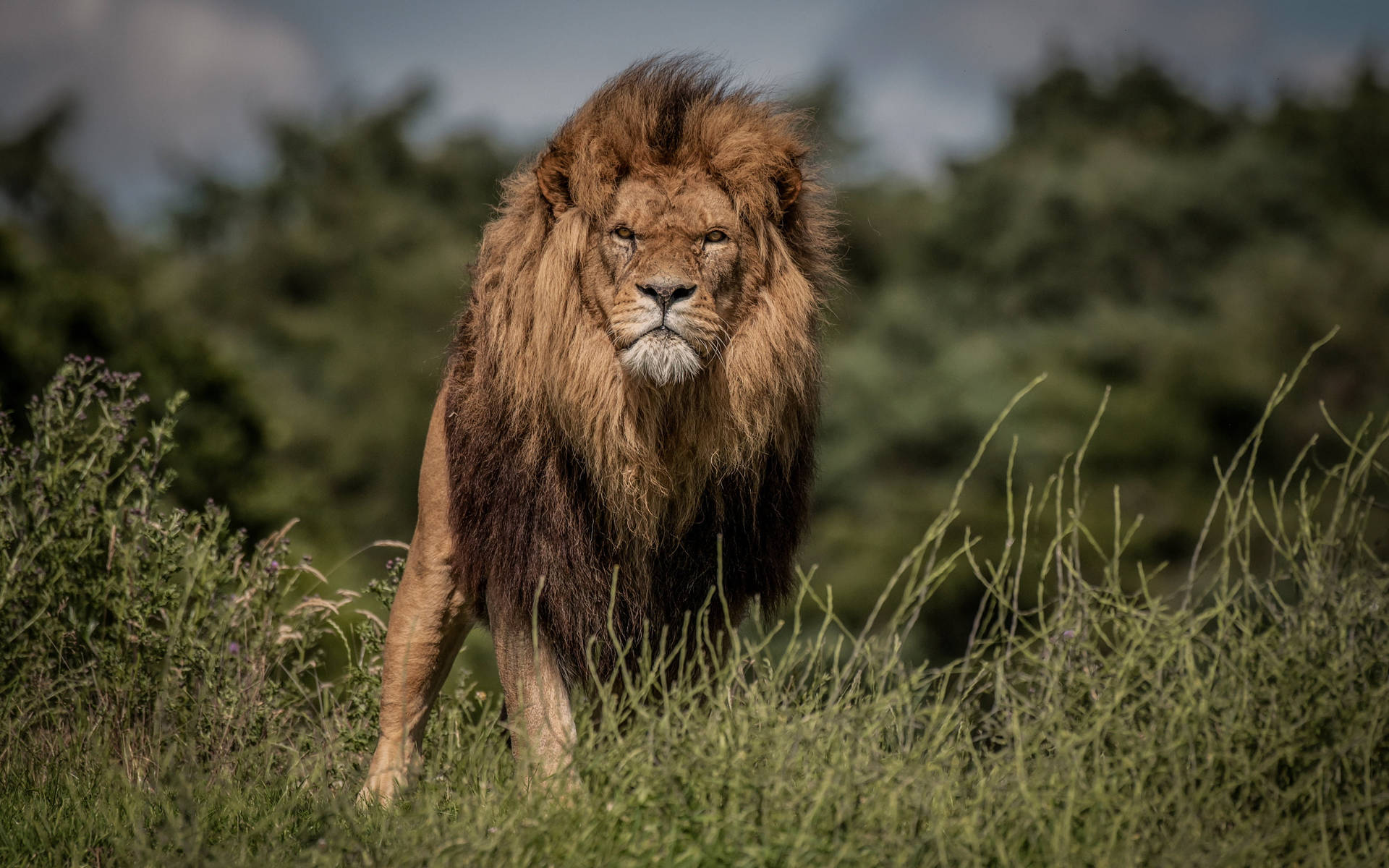
Eurasian Lynx
The Eurasian Lynx has a wide range as it can be found from Eastern Europe to Central Asia, and from Siberia to the Tibetan Plateau and the Himalayas. Because it has such a wide distribution, it isn’t listed as endangered but as “Least Concern.” The population in Europa alone is estimated to be around 10,000 and remains stable. The Eurasian Lynx is on average about 1.5 meters (4.92 ft) long and stands about 75 centimeters (2.46 ft) tall. It has a maximum weight of 38 kilos (83.77 lbs) and an average weight of about 21 kilos (46.29).
